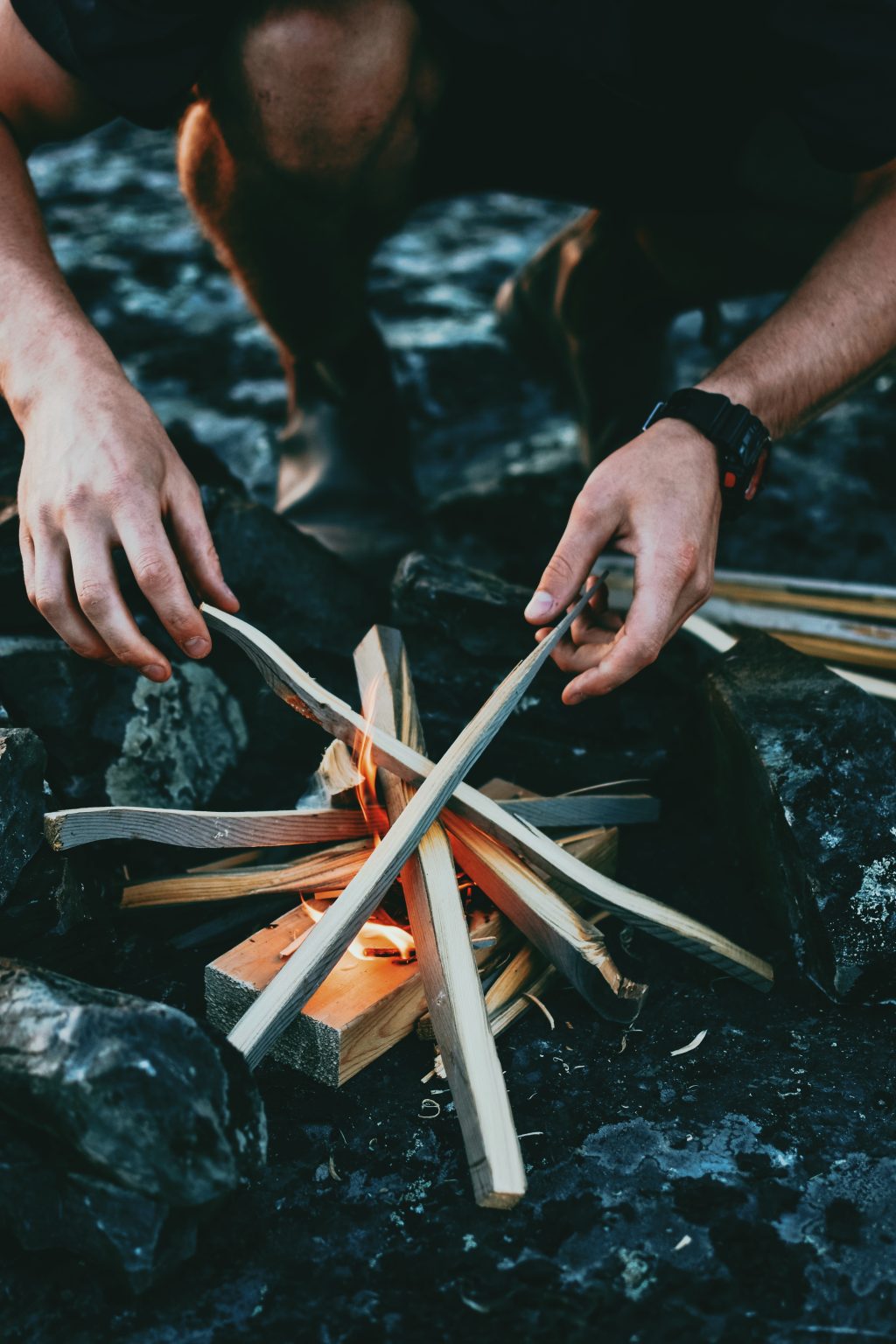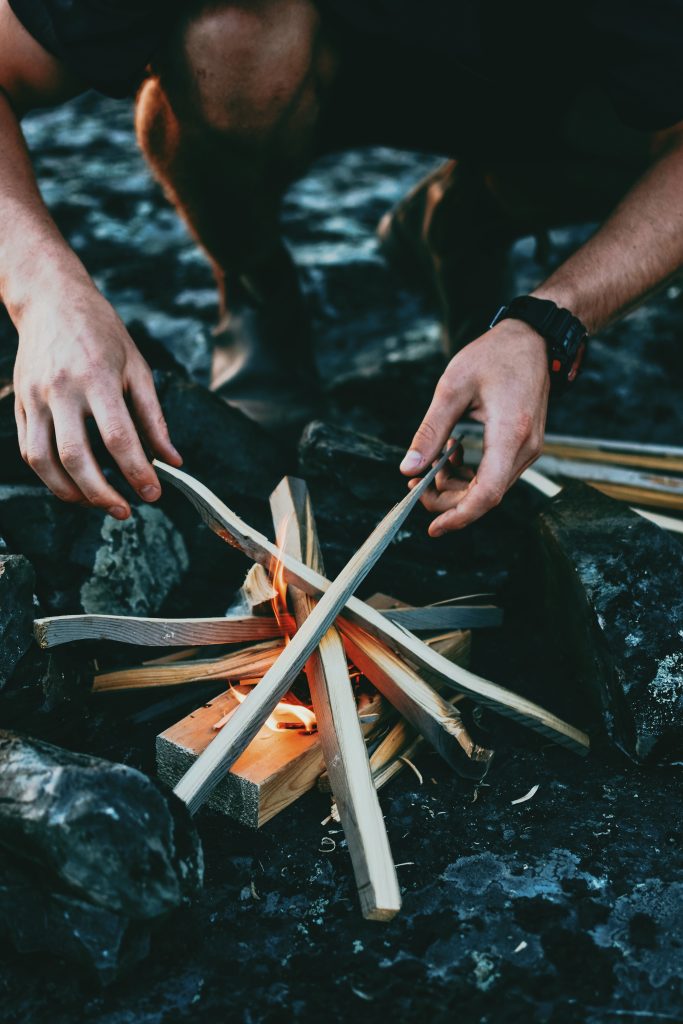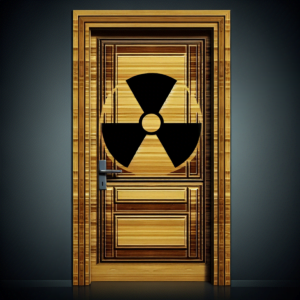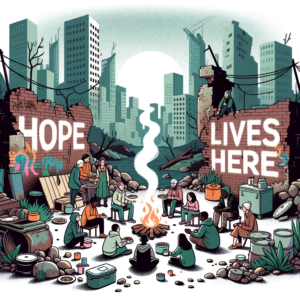Knowing how to light a fire can be an important survival skill in any situation. Whether you’re camping, hiking, or experiencing an emergency, the ability to start a fire can provide warmth, light, and a way to cook food. In addition, a fire can serve as a signal for rescue if you’re lost or stranded. Knowing how to safely and effectively start a fire can be a valuable asset in any situation.
Here are 10 tips on how to start a fire:
- Gather materials: In order to start a fire, you’ll need some kind of fuel (such as wood, leaves, or paper) and a source of ignition (such as a match, lighter, or spark). Make sure you have enough of each to sustain the fire.
- Choose a location: Select a spot that is clear of debris, away from flammable materials, and protected from the wind. If you’re outdoors, consider the weather and the surrounding environment before deciding where to build your fire.
- Create a fire pit: To contain the fire and prevent it from spreading, dig a pit or create a ring of stones. The pit should be large enough to hold the fuel and allow for airflow, but small enough to contain the flames.
- Arrange the fuel: Start by placing small, dry twigs and leaves in the center of the fire pit. Gradually add larger sticks, branches, and logs, arranging them in a teepee or log cabin shape to allow for good airflow.
- Add a spark: Once the fuel is arranged, use your ignition source to create a spark. If using a match or lighter, hold it close to the twigs and leaves and gently blow on the flames to encourage them to spread.
- Tend the fire: Once the fire is burning, continue to feed it with fuel as needed. Use a poker or stick to adjust the arrangement of the logs and stir the embers to keep the fire burning evenly.
- Extinguish the fire: When it’s time to put out the fire, make sure to douse it with water and stir the embers to ensure that it is completely extinguished. Dispose of any ashes safely, and make sure the area is clean before leaving.
- Use fire starters: If you’re having trouble getting the fire started, consider using fire starters such as dryer lint, wax firestarters, or cotton balls soaked in petroleum jelly. These materials can help ignite the fire more easily.
- Know your surroundings: Always be aware of your surroundings when starting a fire. Don’t build a fire in an area where it could spread or cause damage, and never leave a fire unattended.
- Practice fire safety: Follow all local laws and regulations regarding fire use, and always use caution when building and tending a fire. Keep a bucket of water or a fire extinguisher nearby in case of emergencies.
Knowing how to start a fire in a survival situation can be the difference between life and death. A fire can provide warmth, light, and a way to cook food and purify water. It can also be used as a signal for rescue. By learning how to start a fire, you can increase your chances of survival in an emergency situation. Always be prepared with the necessary tools and knowledge to start a fire, and practice starting a fire in a controlled environment before you need to use it in a survival situation.
Insider Release
Contact:
DISCLAIMER
INSIDER RELEASE is an informative blog. This blog discusses various topics. It is emphasized that the ideas and concepts, although based on research from official sources, result from free evaluations by the writers. The BLOG, in full compliance with the principles of information and freedom, is not classified as a press site.














Your article helped me a lot, is there any more related content? Thanks!
Just came across an article with 10 tips for starting a fire in a survival situation, and it’s packed with practical advice. Really useful stuff, especially the emphasis on keeping your fire-starting materials dry and using the right kind of tinder. It’s a solid reminder that some basic knowledge and preparation can make a huge difference in tough situations. Definitely a must-read for outdoor adventurers or anyone who wants to be more prepared for the unexpected. Makes me want to brush up on my own survival skills